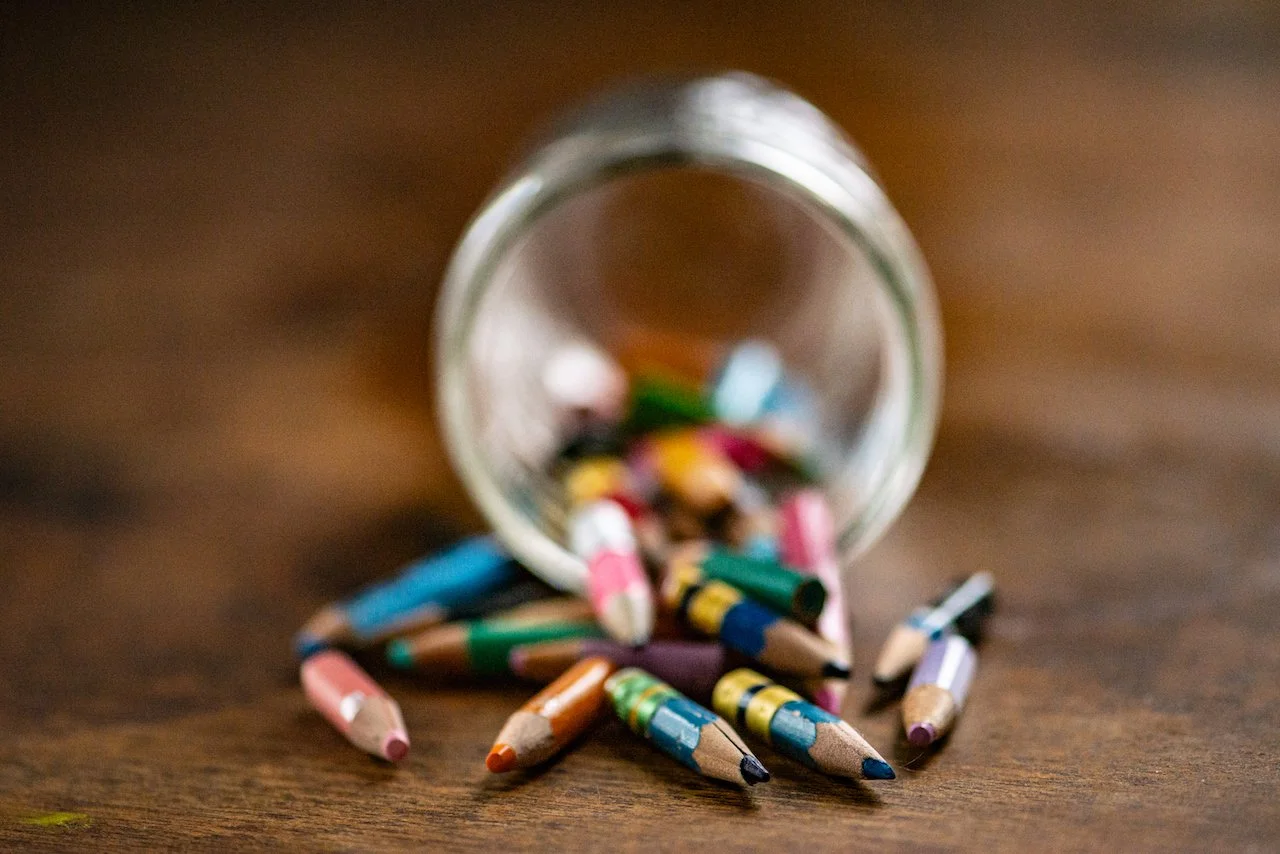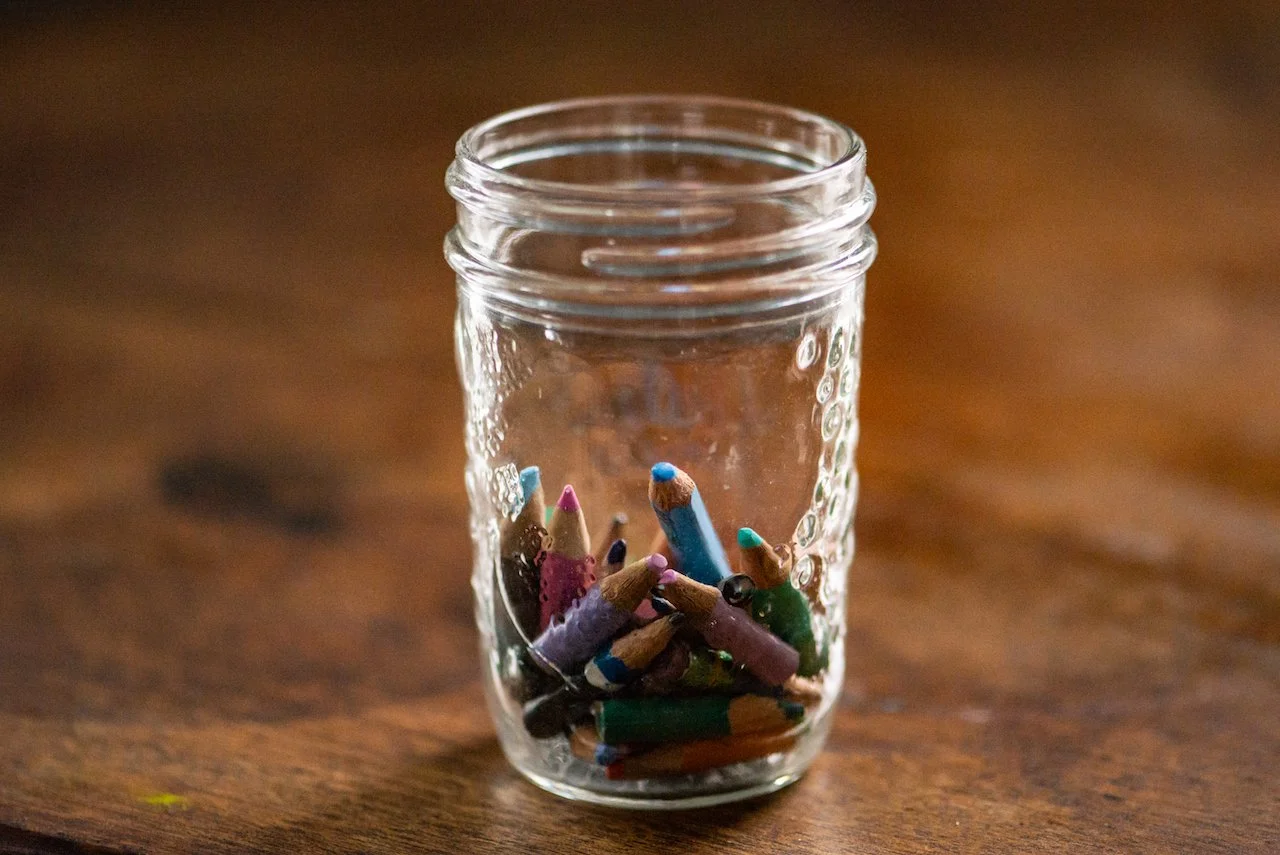Make your Mark
Today I want to talk about making marks, making your mark, mark-making. If you’re an artist or writer or creative person, you’re making marks on a regular basis. But everyone makes marks, even if it is on a screen. I’d like to make a case for the simple joy of making marks on a regular basis.
I love what Lisette Model said of the snapshot (photo), “We are all so overwhelmed by culture that it is a relief to see something which is done directly, without any intention of being good or bad, done only because one wants to do it.” And then there is the Andy Warhol quotation that gets a lot of airing out: “Don't think about making art, just get it done. Let everyone else decide if it's good or bad, whether they love it or hate it. While they are deciding, make even more art.”
So I believe that that is extremely true and useful at the same time as I believe that we need to hold art and artists up to the highest standards. Art is not easy; art is not hard. Don’t let yourself off the hook. But also, just make your marks, and worry later if it’s just for you, or which ones you want to discard, which you want to show to your circle of friends, and then possibly a larger audience.
Sometimes it just feels good to make marks. The photographs here are of a jar of pencils that our daughter used when working on her application to animation school way back when. (This is only some of them). When was the last time you used a pencil until it was too small to hold any more?
You may or may not have heard of the French literary theorist, Roland Barthes. If you have, you may or may not know that he made over 700 drawings. And on this subject, he said, “What I do barely has a name. It’s more of the order of colouring, of graffiti. It’s not, assuredly, a second-rate thing but a by-product, a spin-off, even though it’s always subject, more or less, to cultural values that I derive, without thinking, from all the paintings or forms of handwriting I’ve seen. I like the process of production itself, but I also like to be able to view the product with pleasure, the proof being that, if I think it hasn’t “worked,” I throw it away. In this incidental operation, there is then, all the same, a sort of aesthetic aim. With no illusions, but with some joy, I play the artist.” I’ve extracted this from the book, Signs and Images, which has one of his drawings on the cover. This kind of drawing that feels a bit like an extension of handwriting is what I like to do. It’s not art but it loosens me up so that I can write. It gives me space to think or to not think which can also lead to thinking.
“…with no illusions, but with some joy…”
Which also reminds me of the quotation by Karen Blixen/Isak Dinesan: “Write a little every day, without hope, without despair.”
In Stigmata, Hélène Cixous speaks about the “tornados in the atelier” and how she wants “the forest before the book, the abundance of leaves before the pages.” She says, “I advance error by error, with erring steps, by the force of error. It’s suffering, but it’s joy.” And I think my scribble drawing is a bit of the forest before my books. It’s a way into a creative space.
One of my favourite artists is Saul Steinberg. If I ever need a little hit of inspiration and joy, I get out one of the books I have on him, or look at his work online. Steinberg makes it look so easy, almost childlike. But try and copy one of his drawings and follow his line of thinking and you’ll soon see how incredibly sophisticated his work is.
In What Painting Is by James Elkins he delves into what he calls the alchemy of paint. Near the beginning of the book he talks about the impossibility of copying a Monet, reconstructing those brushstrokes. He describes them this way:
“An ordinary square inch in a Monet painting is a chaos, a scruffy mess of shapeless glints and tangles. His marks are so irregular, and so varied, and there are so many of them, that it is commonly impossible to tell how the surface was laid down. There is a zoo of marks in his detail that defy any simple description.”
He goes on to speak of the scumbling, the dry brush technique, the technique called “flying white,” and all the other unnamed types of brushstrokes. He also speaks of how there are brushstrokes on top of brushstrokes, a purposeful/accidental layering that goes on.
He says, “the trick, then, which is much more than a simple trick, is to lay down strokes that are different from one another, and to keep overlapping and juxtaposing them until the entire surface begins to resonate with a bewildering complexity. The marks must not be simple dabs, or shaped dashes, or any other namable form, but they must mutate continuously, changing texture, outline, smoothness, colour, viscosity, brilliance, and intensity in each moment.”
Elkins has a background in painting but also teaches and so in the book he and a student try to set out to copy a Monet and they “nearly g[i]ve up in frustration.” Anyway, this is why we need to see paintings in person — because how much of this can come through in a digital reproduction, no matter how enchanced?
Maybe what I’m really trying to get at with this post is that we still need the tactile, the movement of pen or pencil over paper, we need the brush daubing and sliding through that paint, we need to get our hands a bit dirty or spill a bit of ink. As a fountain pen user, I will often have ink on my hands on refill day.
All I really know is that making marks with a fountain or felt pen on a piece of paper has been a real balm to me. And I wonder if it could be for you, too?







